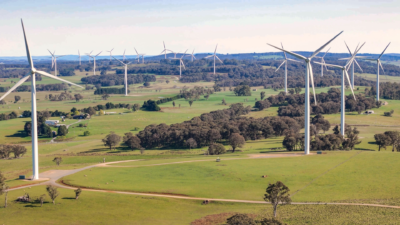Australia set to overtake Japan in world pension stakes
(Pictured: Martin Goss)
Australia is set to overtake Japan within the next 10 years and become the third-largest pension fund market in the world, figures compiled by Towers Watson indicate. But even the slower-growing Canadian and Dutch markets should also overtake Japan, at least when measured in US dollars.
Japan grew by only 1.1 per cent in $US in the 10 years to December 2013, to $3.2 trillion, compared with 14.0 per cent (CAGR) for Australia, to US$1.565 trillion, Canada’s 8.6 per cent to US$1.45 trillion, and the Netherlands’ 8.3 per cent to $1.359 trillion.
With the worst aging demographic in the region and an economy which has only last year shown signs of climbing out of a 20-year malaise, the figures indicate Japan still has long-run structural problems to overcome.
The UK cemented its number two spot, after the US, with a 10.0 per cent growth rate over the 10 years to $3.263 trillion. Ten years ago, the UK market was less than half the size of Japan’s and Australia’s was about one-seventh the size.
The US pension market, while growing at a more modest clip of 6.6 per cent over the 10 years, still dwarfs that of any other market, totaling $18.878 trillion.
But it was not all bad news for Japan over that period. The notoriously conservative funds bucked the trend to reducing equity allocations, which occurred in other countries, including Australia. Japan’s average equity allocation went from 22 per cent to 40 per cent and bonds went from 71 per cent to 51 per cent.
Australia remains the most growth-orientated with its asset allocations of all the top 13 countries surveyed annually by Towers Watson. For Australia, the latest average allocation to equities was 54 per cent (59 per cent in 2003), and for bonds 13 per cent (25 per cent). The big change for Australian funds was that they have embraced alternatives more than any other market. The “other” section, which includes real estate, in the survey showed a 25 per cent allocation last year, compared with 8 per cent 10 years earlier.
Martin Goss, senior investment consultant for Towers Watson in Australia, pointed out that, while our super assets relative to annual GDP had not yet reached that of the Netherlands, which has the world’s highest at 170 per cent, they remain greater than 100 per cent (105 per cent). The only other countries to achieve this are UK (131 per cent), Switzerland (122 per cent) and the US (113 per cent).
He said: “Generally, pension funds are now implementing investment strategies that are more flexible and adaptable and which contain a broader view of risk so as to make greater allowance for the sort of extreme economic and market volatility they have experienced during the past five years. This is just as well because the global economic recovery – and the implied normalisation of market conditions – is by no means guaranteed.”










